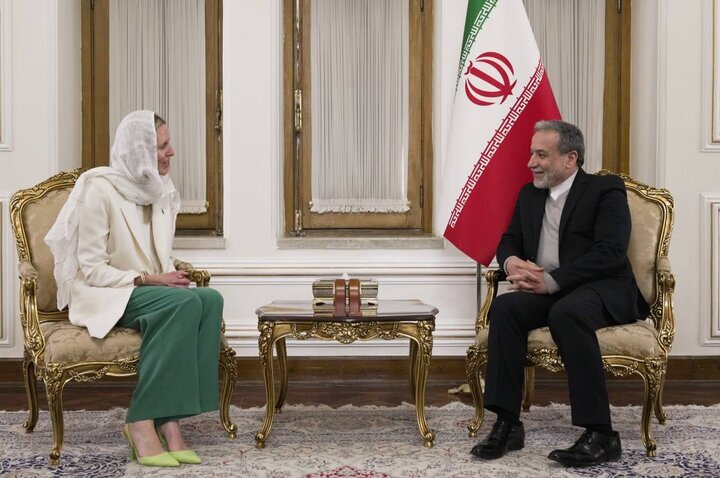Timeless Threads: Exploring the Dance of Ink and Eternal Knots in Chinese Art
On May 10, during the International Neighborhood Day at Beijing’s Diplomatic Residential Compound, I had a unique chance to explore the enchanting world of Chinese traditional arts. This vibrant cultural scene showcases the beauty where ink dances on paper, silk threads weave intricate narratives, and centuries of cultural wisdom manifest in stunning artistry.
Among the distinguished artists I encountered was Li Duo, a master of freehand brushwork in flower-and-bird painting. Her artistry transcends mere technique, evolving into a meditative reflection on the elegance of nature. Born in Beijing in 1952 and an alumnus of Beijing Normal University, Li Duo studied under the renowned modern Chinese painting master, Li Kuchan (1899-1983). Her work harmoniously blends classical refinement with modern expressiveness.
Li Duo’s paintings, which feature subjects like plantains, plum blossoms, lotuses, and graceful birds, are more than mere depictions; they are lyrical whispers of China’s artistic heritage. Each brushstroke reveals a balance of spontaneity and precision, with ink flowing like murmuring water, showcasing a jade-like clarity. Her subjects breathe with a weightless vitality, capturing the essence of life itself.
What distinguishes Li Duo is her ability to infuse traditional literati painting with a contemporary spirit. This unique approach creates artworks that resonate with both historical depth and emotional immediacy. As an honorary academician of the Royal Academy of Arts and a respected figure in China’s Ministry of Culture, her paintings are a testament to the enduring power of Chinese ink art.
Equally captivating was my encounter with Li Lutong, an artist whose creations function as cultural ambassadors for China. A virtuoso in painting, calligraphy, and seal carving, his works adorn the collections of global leaders, bridging cultural divides through art.
Li’s art embodies a dialogue between the past and the present. His brushwork echoes the grandeur of the Han-Tang dynasties, the meticulousness of Ming-Qing architecture, and the boldness of modern abstraction. His mastery of metal-and-stone engraving techniques adds a rugged yet refined texture to his works, while his calligraphic strokes appear to dance across the paper, embodying both cosmic vastness and intricate detail.
In an era dominated by digital art, Li Lutong’s commitment to traditional mediums serves as a poignant reminder of China’s unbroken artistic lineage—where every stroke carries the weight of history.
No exploration of Chinese artistry would be complete without the intricate beauty of Chinese knots. Meg Cui brought this ancient craft to life, demonstrating its significance. Recognized as a national intangible cultural heritage in 2008, these woven silk masterpieces date back to the Shang-Zhou era, evolving from practical fasteners into symbols of unity and fortune.
Cui showcased how a single, unbroken thread transforms into mesmerizing patterns—“eternal knots” representing love and “good fortune knots” symbolizing prosperity. Each symmetrical loop embodies harmony and continuity, demanding impeccable control as threads intertwine flawlessly.
Chinese knots are more than decorations; they are a silent language of cultural pride, adorning traditional garments and even gracing the 2022 Beijing Winter Olympics. This intricate art form weaves together China’s past and present, highlighting its rich cultural heritage.
My journey through China’s artistic landscape left me in awe. Through Li Duo’s poetic brushwork, Li Lutong’s mastery, and Meg Cui’s intricate knots, one truth became evident: Chinese art transcends mere aesthetics—it embodies philosophy in motion, representing a timeless conversation between humanity and nature.
In a rapidly modernizing world, these artists serve as guardians of tradition, ensuring that the whispers of ancient sages intertwine with the vibrancy of contemporary China. For those seeking to understand China’s soul, there is no better lens than its art—where every stroke and every knot encapsulates a story waiting to be told.






